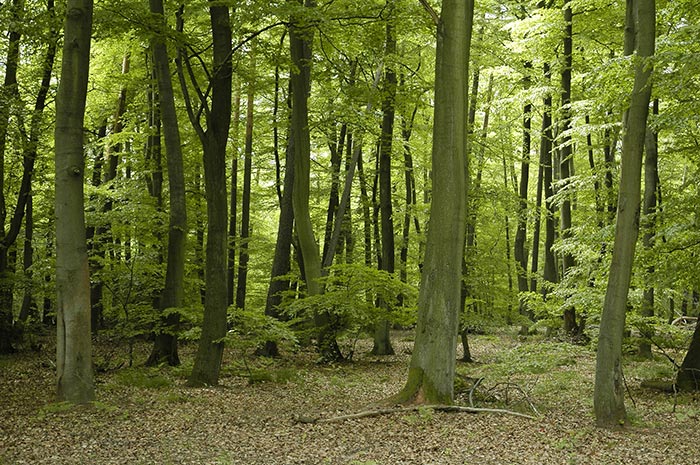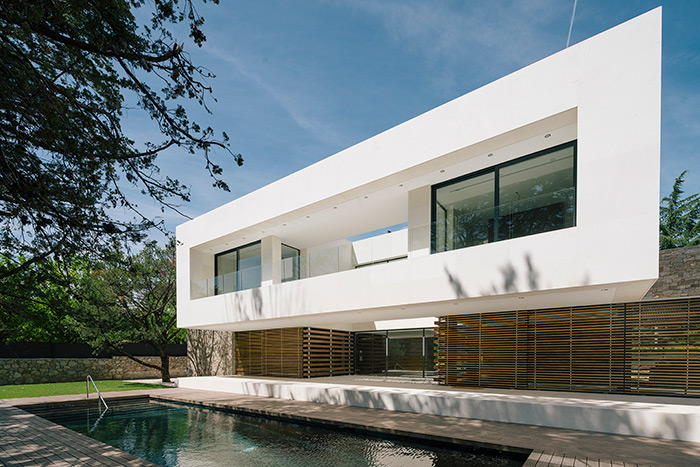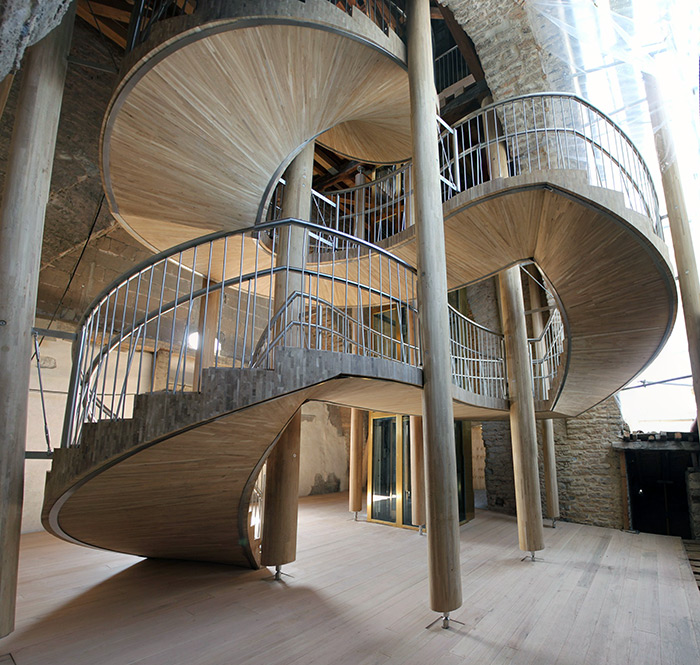Welcome to a new world
The effects of coronavirus will cause profound changes to our way of life. It is already is transforming concepts such as hospital architecture.
Today we are launching the GRUPO GÁMIZ blog. We are doing so in turbulent times, watching life from our balconies and wishing that the nightmare that is COVID-19 will soon be just a painful memory.
It does not seem, however, that the consequences of this experience are going to be mild. At the moment, the main lessons on the virus —as it should be— are related to health and the economy, but there are already people focusing on the profound changes that this situation will cause to human behaviour: how we relate to each other, how we work… Our way of life, in short.
How will the coronavirus affect architecture?
Architecture is a discipline that is under constantly review. Its interrelation with all orders of life forces its professionals to consider almost philosophical matters. The irony is that what is awakening these questions now is the coronavirus. And the ideas have already begun to flow.
For example, it is said that this episode of COVID-19 will modify the future concept of public spaces, offices and medical spaces. In the street, health and hygiene conditions and smart access will be prioritised. Some people are predicting that we will go back to closed offices, and that workplaces will have the minimum necessary common areas.
Regarding hospital architecture, it has become patently clear how difficult it is not only to accommodate an excessive amount of patients, let alone safely receive a high number of contagious patients in the facilities.
The paradox: coronavirus favours sustainability
Firstly fear, and later the healthcare alert, have reduced tourism. The skies were the first to clear. We have all seen the before and after graphs of the pollution in China. With the exception of millions of megabytes of internet use, consumption has stalled. What is a terrible omen for millions of people seems to be excellent news for other inhabitants of the planet, such as animals and vegetation.

Hardwood forest
Some sustainability experts state, nevertheless, that the positive outlook on COVID-19 is also related to the effects that will be seen in our behaviour: we will be more concerned about health, both ours and that of the environment. We will wash our hands more effectively and more often, yes, but we will also try to have a more responsible and ecological view of the direct effects of our actions: recycle, consume, vote…
For architecture professionals, the voices that have been clear for a long time can be heard louder than ever today: architecture will be sustainable or it will cease to exist.
Sustainable architecture is gathering strength
With or without coronavirus, sustainable architecture is the present and future of humanity. There are architects who have always known this and others who have gradually come to understand it and have adapted their projects to this outlook. Giants such as Norman Foster, Renzo Piano, Richard Rogers and Ken Yean.
The starting point is to protect the environment from the first line traced on the drawing. Sustainable goals in architecture are achieved by developing urban planning in this regard, aspiring to energy efficiency and ensuring the resources used in the project are sustainable. COVID-19 has made messages like these move up in the index of importance for professionals and users.
Wood, the ideal sustainable building material
The wood is the key to sustainable construction. Using it reduces the environmental impact. The secret can be seen by all: wood is a natural product. It does not require other elements to produce it nor, therefore, much handling, which leads to enormous energy savings right from the start. At the same time, the more wood we use, the more trees we plant, and so there will be more lungs for the world…
… and fewer non-sustainable materials (concrete, plastic, aluminium, steel, etc.) will be used.

Private house in Madrid | Arch: By More Arquitectos | Product: Accoya
Because we are talking about sustainable wood, with certifications that attest to this, such as the guarantee of sustainability and usability of the GRUPO GÁMIZ products (PEFC, FSC, EPD, etc.).
No limits in designing architectural projects of all types
In addition to being the ideal regenerative raw material, certified quality wood enriches architectural projects for all purposes. Its use is appropriate and safe for interiors and exteriors, and even for structural use. At GRUPO GÁMIZ we manufacture VIGAM, the only oak glulam beam in the world with the CE marking for structural use.

Refurbishment of the Santa María cathedral in Vitoria-Gasteiz | Arch: Leandro Cámara | Product: curved oak glulams
With our glulam beams it is possible, for example, to build wooden curtain walling, without the need to use non-ecological materials such as aluminium or steel.
For many, wood is already, without doubt, the building material of the XXI century. The essential ally for architects who opt for the coexistence of aesthetics and the circular economy. The perfect raw material with which to achieve the ideal of creative freedom, beauty and sustainability.

